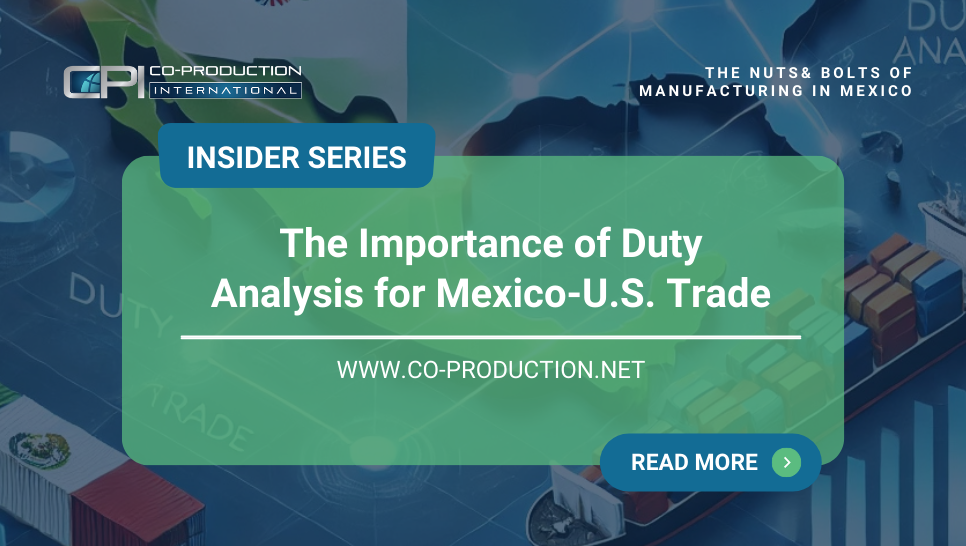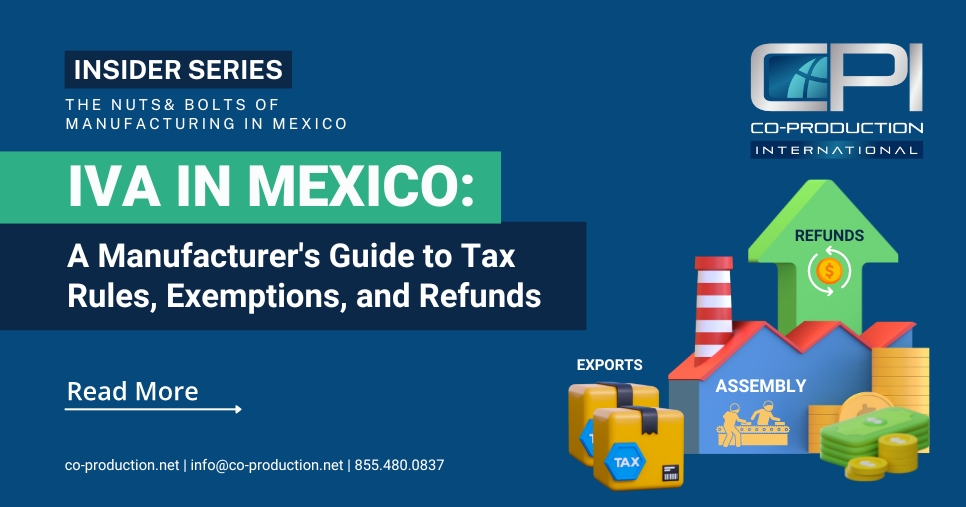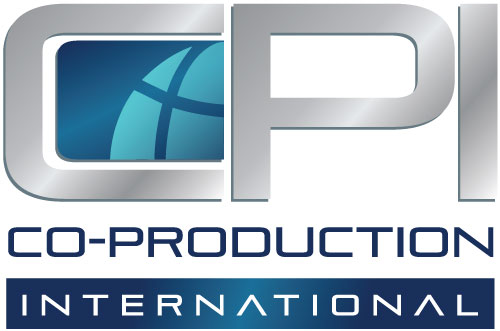In the world of international trade, understanding customs duties and tax obligations is a critical step for businesses aiming to move goods between Mexico and the United States. A duty analysis serves as a roadmap, enabling companies to navigate the complexities of cross-border trade effectively. For businesses considering nearshoring operations or expanding their supply chain into Mexico, a comprehensive duty analysis is indispensable.
This article explores why duty analysis is vital for Mexico-U.S. trade and how it can unlock cost savings, ensure compliance, and streamline logistics.
What Is a Duty Analysis?
A duty analysis is a detailed evaluation of the customs duties, taxes, and fees associated with importing and exporting goods across borders. It helps businesses understand the financial and regulatory implications of moving products internationally. Specifically, for Mexico-U.S. trade, duty analysis takes into account unique bilateral agreements, logistics options, and industry-specific regulations to provide actionable insights.
Why Is Duty Analysis Critical for Mexico-U.S. Trade?
1. Leveraging Trade Agreements
The USMCA offers significant benefits for businesses, including duty-free or reduced tariff rates. A duty analysis ensures your products meet the required rules of origin, allowing you to leverage these benefits. For instance, goods manufactured in Mexico with sufficient North American content can qualify for duty-free entry into the United States, potentially saving your business thousands of dollars annually.
2. Understanding Tariffs and Fees
Accurate classification of goods under the Harmonized Tariff Schedule (HTS) determines the applicable duties and tariffs. A duty analysis identifies the correct HTS codes for your products, ensuring compliance and avoiding unnecessary penalties. Additionally, it calculates standard fees like the Merchandise Processing Fee (MPF) in the U.S. and the Derecho de Trámite Aduanero (DTA) in Mexico, giving you a clear picture of total costs.
3. Taking Advantage of Tax Incentives
Mexico’s IMMEX program is designed to reduce tax burdens for manufacturers exporting goods. Through this program, companies can import raw materials duty-free and defer the 16% Value-Added Tax (VAT). A duty analysis evaluates how IMMEX and similar programs can maximize cost savings for your operations.
4. Optimizing Logistics and Compliance
A duty analysis helps businesses understand the regulatory requirements for shipping goods across the border. This includes:
- Assessing the feasibility of drop-shipping directly from Mexico to U.S. customers.
- Exploring alternatives like using the port of Ensenada instead of Long Beach for imports.
- Identifying the best routes and strategies to minimize customs delays.
5. Identifying Opportunities for Duty Drawbacks
If your products are re-exported after processing or assembly in Mexico, you may qualify for duty drawbacks—a refund on previously paid duties. A duty analysis evaluates this potential, providing significant cost relief.
Key Considerations for Duty Analysis in Mexico-U.S. Trade
1. Industry-Specific Requirements
Certain industries, such as automotive, electronics, and medical devices, have unique duty considerations. For example, optics manufacturers must evaluate the availability of skilled labor in regions like Tijuana while ensuring compliance with sensitive trade regulations.
2. Section 321 and De Minimis
Section 321 of U.S. customs law allows goods valued under $800 per shipment to enter duty-free. A duty analysis can identify opportunities to leverage this exemption, particularly for e-commerce businesses operating in Mexico.
3. Rules of Origin Compliance
Ensuring compliance with USMCA’s rules of origin is paramount. A duty analysis verifies that raw materials and production processes meet these standards, qualifying goods for preferential tariffs.
Benefits of Conducting a Duty Analysis
A well-executed duty analysis delivers significant advantages:
- Cost Savings: Identify and reduce unnecessary duties, taxes, and fees.
- Improved Compliance: Avoid penalties, fines, or delays due to incorrect classifications or documentation errors.
- Streamlined Operations: Optimize shipping routes and logistics to enhance supply chain efficiency.
- Informed Decision-Making: Provide actionable insights for manufacturing location decisions and pricing strategies.
Conclusion
As businesses increasingly turn to nearshoring and cross-border trade opportunities, a duty analysis becomes a cornerstone of successful operations between Mexico and the United States. From leveraging the benefits of the USMCA to optimizing logistics and ensuring compliance, a duty analysis provides the clarity needed to navigate the complexities of international trade.
For companies looking to expand manufacturing or streamline their supply chain, investing in a duty analysis is not just a good idea—it’s a strategic necessity. Contact experts in Mexico-U.S. trade to ensure your business takes full advantage of the opportunities available while minimizing risks and costs.
Contact Co-Production International (CPI) today to schedule a duty analysis consultation.
Our team of experts is ready to provide tailored insights and solutions to ensure your cross-border operations are cost-effective and compliant. Let us help you take full advantage of the opportunities available in Mexico-U.S. trade.







.png)






